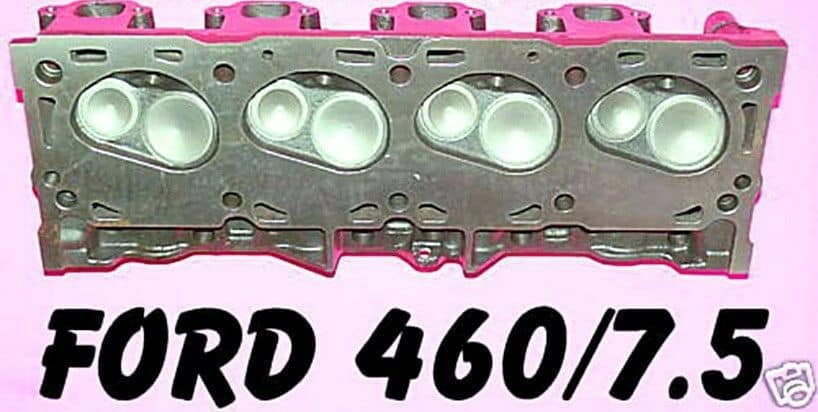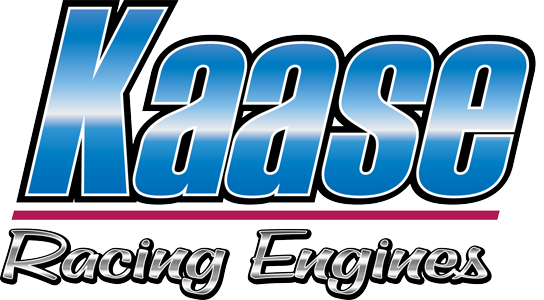I have two sets of the OLD B460 small port heads, I thought I might use them as welding cores
for a more radical port head.
On the evolution of these heads, have the valve locations been changed in different head versions ?
Valve to piston pierce points ?
Spark plug location ? Rocker mounting location ?
I ask because the currently available Trik Flow 360 heads have 2.400 / 1.880 valves which I don't
think will fit in my old heads. I suspect the seats/guides have been moved a bit.
Thanks for any history lessons you can school me on !
for a more radical port head.
On the evolution of these heads, have the valve locations been changed in different head versions ?
Valve to piston pierce points ?
Spark plug location ? Rocker mounting location ?
I ask because the currently available Trik Flow 360 heads have 2.400 / 1.880 valves which I don't
think will fit in my old heads. I suspect the seats/guides have been moved a bit.
Thanks for any history lessons you can school me on !







